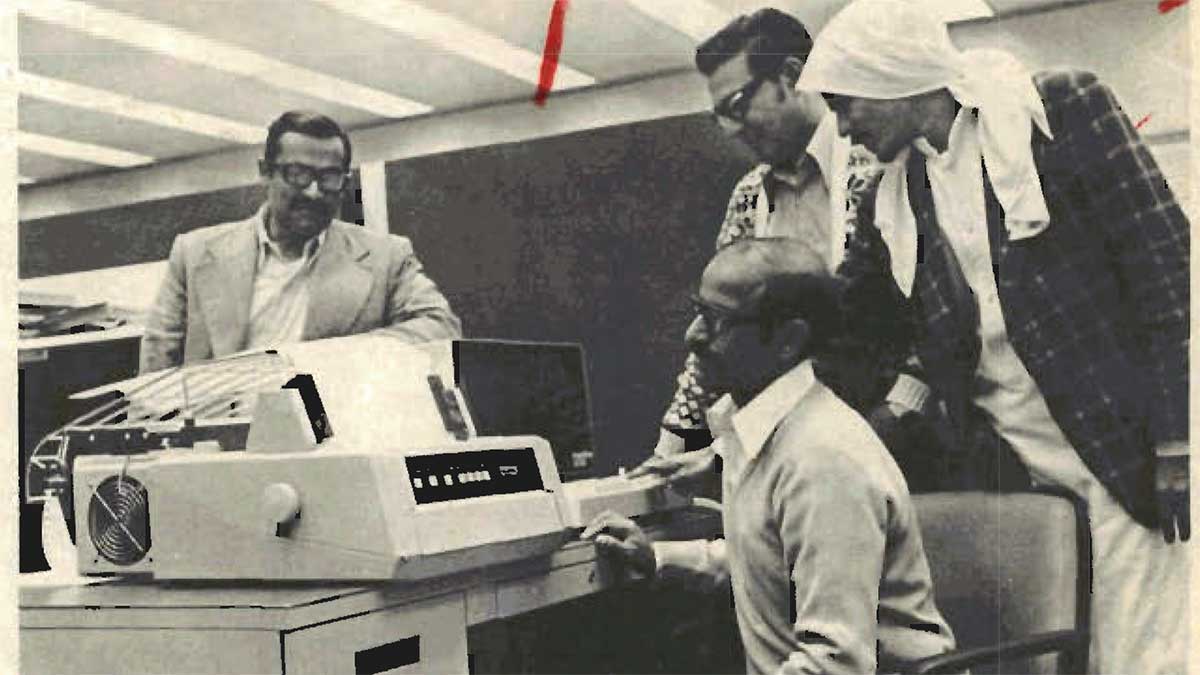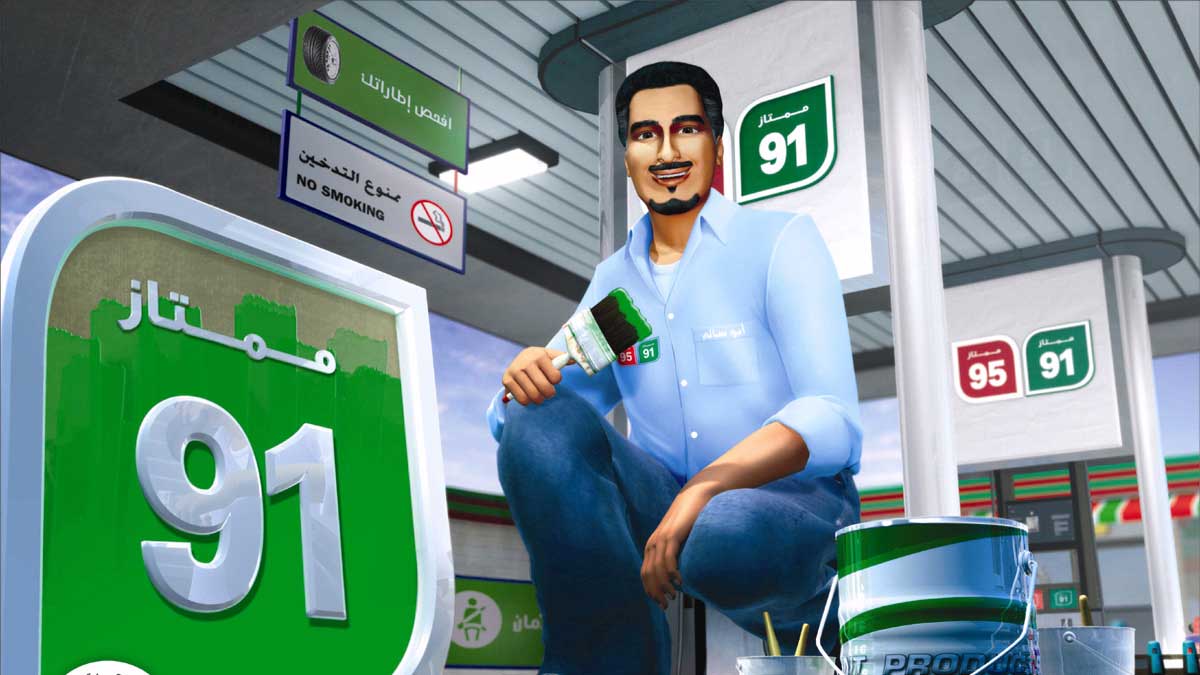Memory Lane
Memory Lane: Donkey races, Khursaniyah drilling, 3 billion barrels in a year, and a second grade of gasoline

Global January 02, 2022
In 1977, Aramco became the first company to produce 3 billion barrels of crude oil in a calendar year.
Here are some of the more interesting headlines from The Arabian Sun over the past 75 years.
THE DONKEY RACES AT DHAHRAN
are now established as a New Year’s Day event not to be missed, and quite a crowd was present despite the fact that celebrating was touched upon the evening before .. and ignoring the sultry day with the temperature at 83 degrees, though some will swear it was hotter.
The winner in the first race was Miles Snyder. Billy Tracy won the second race by a close margin. The third race, which saw Zane Lilly take a spill, was won by Dave Hanson. The fourth race was won by Tom Roy. The fifth race was won by Pinky Alexander, who admits a donkey is no different to ride than a horse. The sixth and last race afforded the best thrill for a photo finish, but we had no photo, and we had to be satisfied with the judges' decision — 'twas a dead heat for Tom Roy and Al Adamson.
DRILLING BEGINS AT WELL NO. 9 IN KHURSANIYAH FIELD DEVELOPMENT
Drilling began last week at Khursaniyah No. 9 as a development well to be completed in the Arab C member. This is one of the wells to be drilled to increase production at the Khursaniyah gas-oil separation plant to a capacity of 140,000 barrels per operating day.
Khursaniyah field was a major oil discovery made by Aramco in 1956. The field lies in what is known as the Hasa structural terrace, a broad belt of very gentle dips along the coast and extending out into the Arabian Gulf for some distance. Khursainyah probably is on the northern extension of the great En Nala anticline, which traps the 155-mile-long Ghawar Field.

ARAMCO RECORDS 3 BILLION BARREL YEAR
While most of the Aramco workforce was celebrating the long holiday last week, the company quietly passed a major production milestone. Sometime on Dec. 26, Aramco accomplished what has never been done before — what no company in the world can claim — the production of the 3 billion barrels of crude oil within a calendar year.
The world’s largest producing oil company has long talked in the language of billions, ever since it produced its billionth barrel of cumulative production exactly 25 years ago, on Jan. 5, 1952. It had taken 14 years to reach that production plateau, beginning in 1938 when oil in Saudi Arabia was first produced in commercial quantities.
The second billion took just over three years, up to Feb. 20, 1955.

ALUMINUM RECYCLING PROGRAM BEGINS
Beginning Jan. 16, it will be easier than ever to set those soda cans aside for deposit in recycling collection bins at a number of locations.
Recycling is not new to many Saudi Aramcons; however, most people in the company were unaware that recycling capabilities even existed within Saudi Arabia.
That is until last year when Carol Hudson, a kindergarten teacher with Saudi Aramco Schools, learned that a janitor in the area collected aluminum cans and took them to a junk dealer in Dammam for recycling. Further investigation revealed that there were several such dealers who buy aluminum.
Dhahran Hills School students began collecting aluminum cans as part of their science project on the environment, and eventually formed the Save the Earth Group, an after-school group that meets to learn about all aspects of saving the environment.

Jan. 10, 2007
NOW, 2 GRADES OF GASOLINE
Motorists in Saudi Arabia have started the new year with two grades of gasoline available at the pump.
Starting Jan. 1, Saudi Aramco began supplying the new second grade of gasoline to domestic gas stations, reported Mohammed S. Al-Gusaier, vice president for Distribution and Terminal Operations.
Earlier, the company had completed its preparations for producing and distributing the new 91-octane grade, known as Premium 91, and increased the storage and operating capacities of existing bulk plants in the Eastern, Central, and Western provinces to handle both grades.
Premium 91 joins the company’s existing 95-octane gasoline known as Premium 95. Eighty-five percent of vehicles use the new grade.



